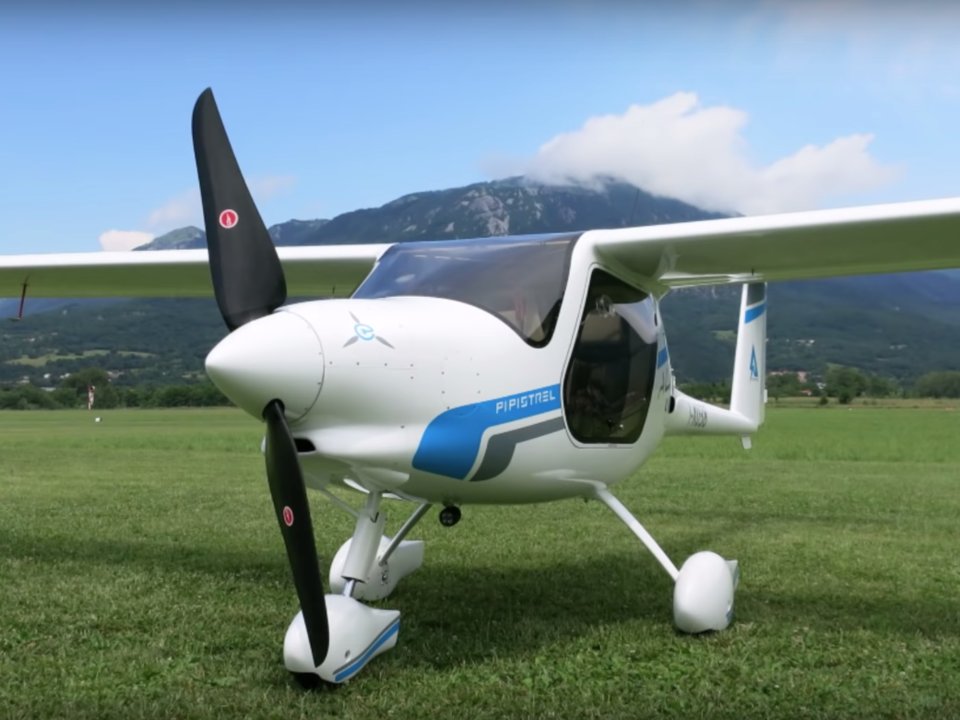What would you say if we told you that you could fly 160 kilometers at the cost of just over $5? If you think the idea sounds absurd and foolish, say hello to Pipistrel Alpha Electro!

Pipistrel Alpha Electro is the world’s very first serially produced aircraft that comes with an electric motor. The aircraft is ultra-light, and the first prototype of this Slovenia-manufactured aircraft was unveiled back in 2016. It weighs in at only 300 kilograms including the 100kg 21-kilowatt-per-hour battery.

The aircraft offers an hour of flight time while carrying two passengers – an equivalent of about 160 kilometers. The plane can be charged within an hour. The aircraft costs $140,000 and stands out from other aircraft because of its 60-kilowatt electric engine.

Krzysztof Bedkowski of Pipistrel Alpha Poland said, ‘The cost of electricity per hour of flight is roughly between $4 and $6.’ As of now, a total of 40 such planes have been created for customers in Australia, Europe, and the US. The aircraft is currently being used for giving flying lessons over the airport. The biggest hurdle in using such aircraft is the lack of infrastructure for charging them at the airports.

Krzysztof Bedkowski said, ‘The first charger networks for aircraft carriers like these have recently been established in Switzerland. We’re accruing experience that we can later use to plan instructional flights along the way.’ As per those who came up with the idea of this Pipistrel Alpha Electro, the plane performs much better during the evening on account of lower turbulence. It also performs better when there is only one passenger aboard.
Krzysztof Bedkowski further added, ‘We’re flying using the same aerodynamics principles, using similar technologies, and facing similar problems. It’s possible that what we learn from testing ultra-light electric aircraft will also be used in the future by bigger commercial aircraft manufacturers.’



The unit for battery capacity is kWh (=kilowatt hour), not kilowatt-per-hour.